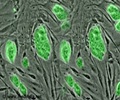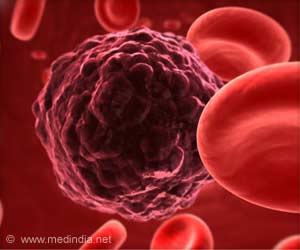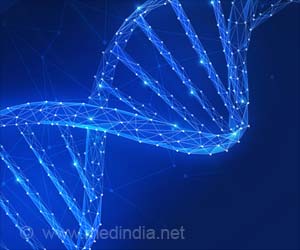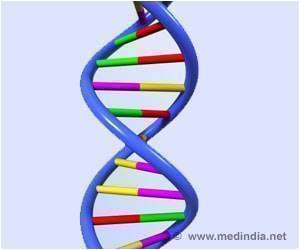One of the most wonderful aspects of the human body is the blood-brain barrier, which is the filter that governs what can and cannot come into contact with the mammalian brain.
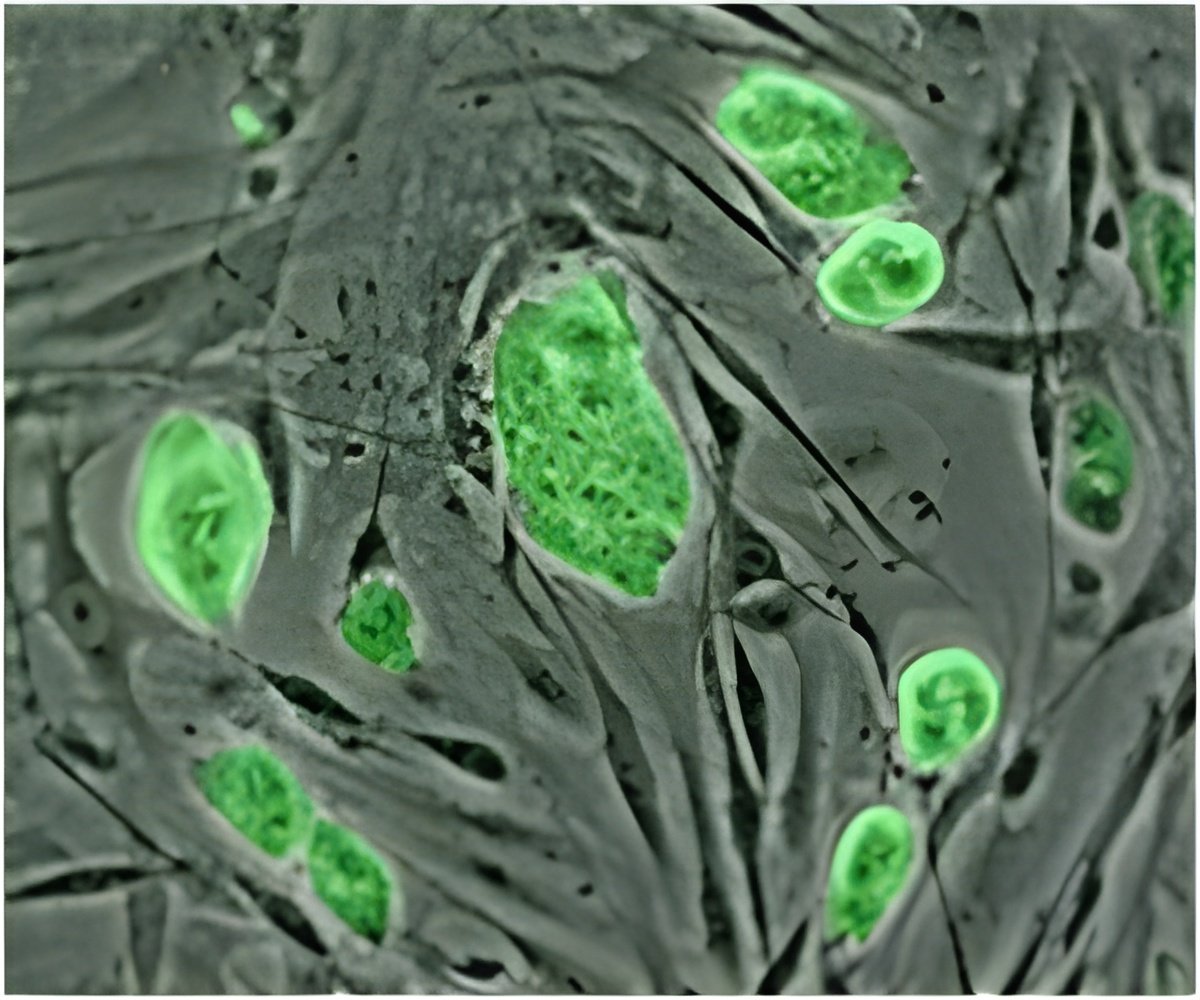
But the barrier can be disrupted by disease, stroke and multiple sclerosis, for example, and also is a big challenge for medicine, as it can be difficult or impossible to get therapeutic molecules through the barrier to treat neurological disorders.
Now, however, the blood-brain barrier may be poised to give up some of its secrets as researchers at the University of Wisconsin-Madison have created in the laboratory dish the cells that make up the brain's protective barrier. Writing in the June 24, 2012 edition of the journal Nature Biotechnology, the Wisconsin researchers describe transforming stem cells into endothelial cells with blood-brain barrier qualities.
Access to the specialized cells "has the potential to streamline drug discovery for neurological disease," says Eric Shusta, a UW-Madison professor of chemical and biological engineering and one of the senior authors of the new study. "You can look at tens of thousands of drug candidates and just ask the question if they have a chance to get into the brain. There is broad interest from the pharmaceutical industry."
The blood-brain barrier depends on the unique qualities of endothelial cells, the cells that make up the lining of blood vessels. In many parts of the body, the endothelial cells that line capillaries are spaced so that substances can pass through. But in the capillaries that lead to the brain, the endothelial cells nestle in tight formation, creating a semi-permeable barrier that allows some substances -- essential nutrients and metabolites -- access to the brain while keeping others -- pathogens and harmful chemicals -- locked out.
The cells described in the new Wisconsin study, which was led by Ethan S. Lippmann, now a postdoctoral fellow at the Wisconsin Institute for Discovery, and Samira M. Azarin, now a postdoctoral fellow at Northwestern University, exhibit both the active and passive regulatory qualities of those cells that make up the capillaries of the intact brain.
Advertisement
"The nice thing about deriving endothelial cells from induced pluripotent stem cells is that you can make disease-specific models of brain tissue that incorporate the blood-brain barrier," explains Sean Palecek, a UW-Madison professor of chemical and biological engineering and a senior author of the new report. "The cells you create will carry the genetic information of the condition you want to study."
Advertisement
"Neurons develop at the same time as the endothelial cells," Shusta says, noting that, in development, the cells secrete chemical cues that help determine organ specificity.
"We don't know what all those factors are," Lippmann says. "But with this model, we can go back and look." Identifying all of the molecular factors at play as blank slate stem cells differentiate to become specialized endothelial cells could one day have clinical significance to treat stroke or tamp down the ability of brain tumors to recruit blood vessels needed to sustain cancer.
Source-Eurekalert


